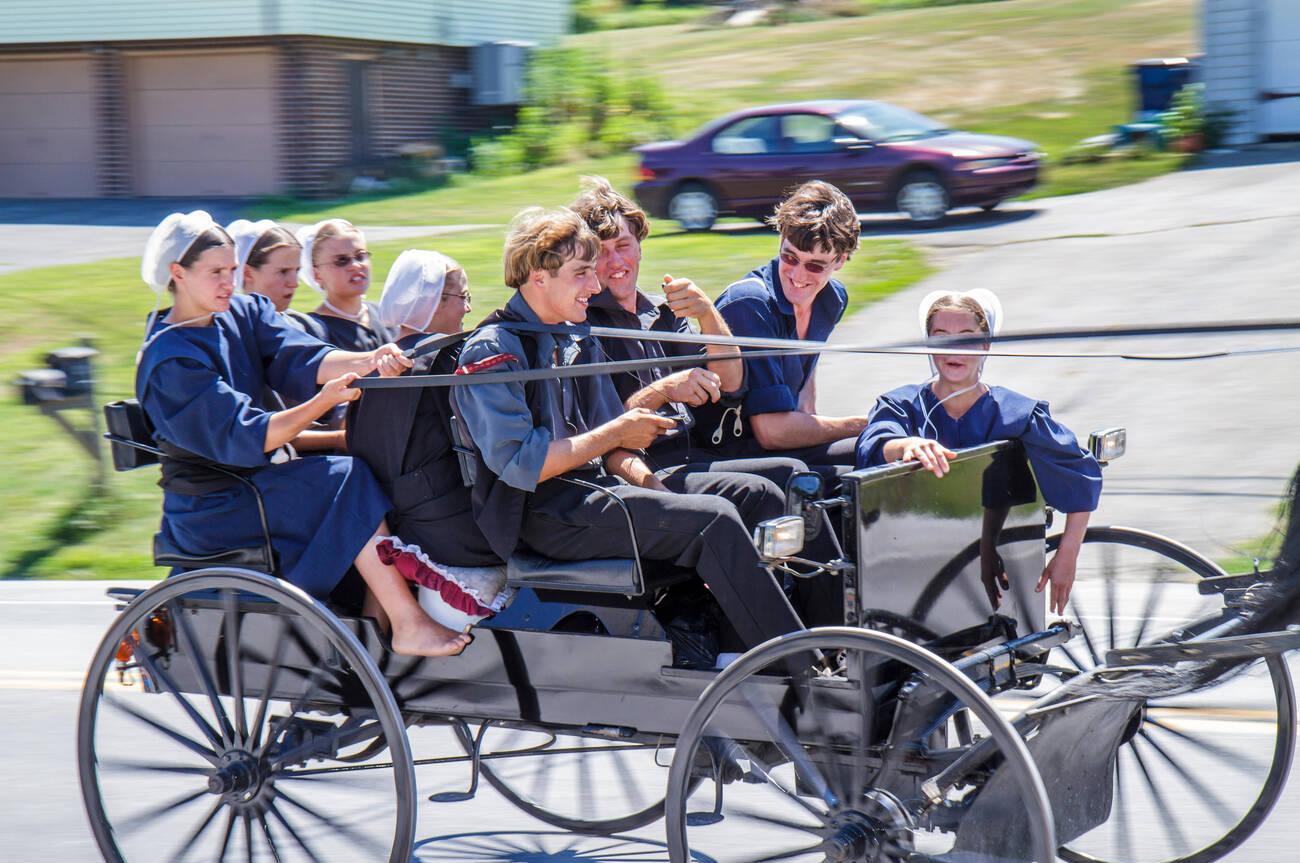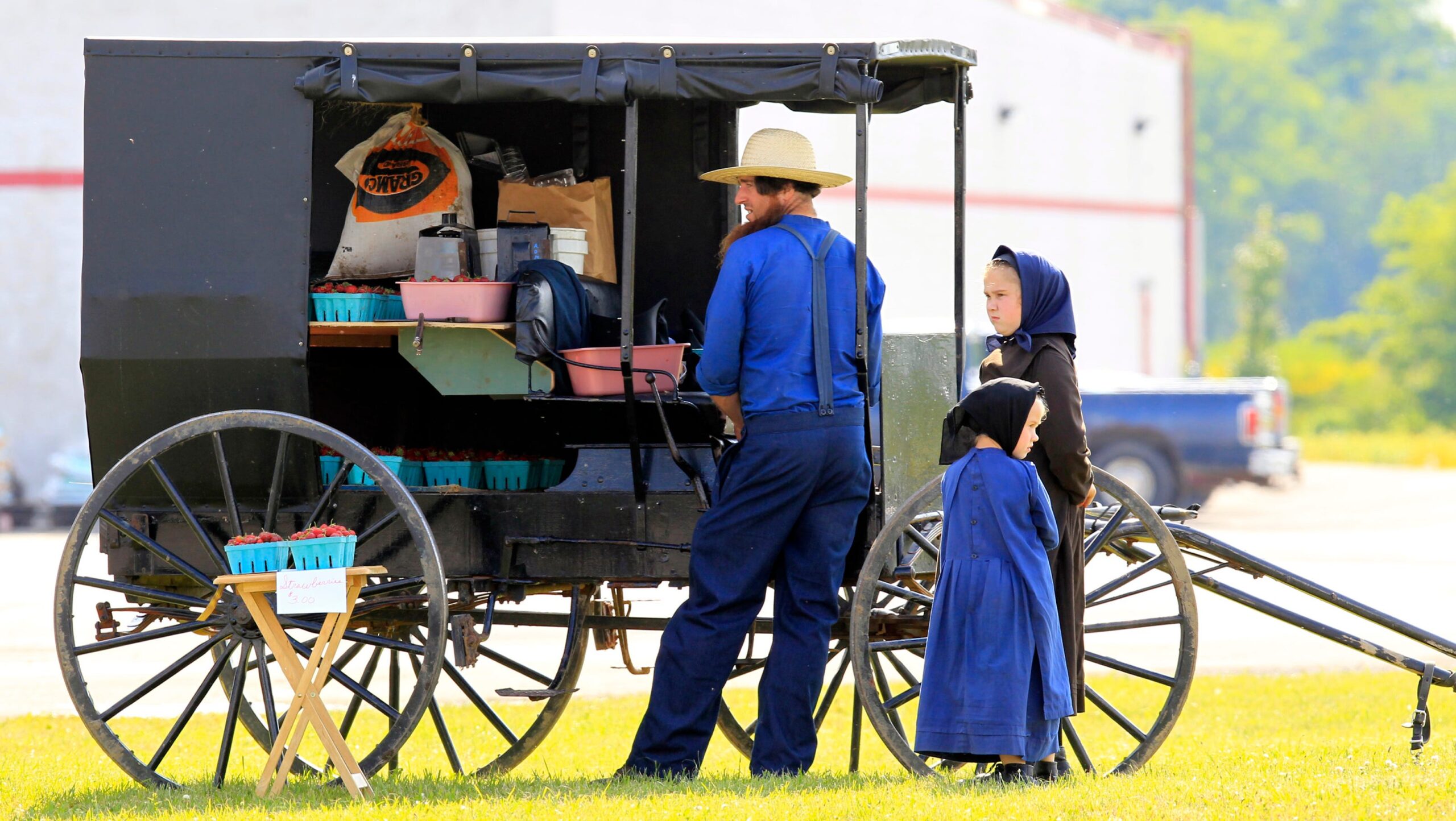The Origins of the Amish: From Europe to America
The Amish are a unique religious and cultural group whose origins trace back to Europe in the late 17th century. Known for their commitment to simplicity, faith, and community, they eventually migrated to America to seek religious freedom and preserve their way of life. Understanding the history of the Amish provides insight into how European traditions, beliefs, and cultural practices shaped the communities we see today across Pennsylvania, Ohio, and Indiana.
Early European Roots
The Anabaptist Movement
The Amish originated from the Anabaptist movement in Switzerland and southern Germany during the Reformation. Anabaptists rejected infant baptism, emphasizing adult baptism and personal faith. Their beliefs often conflicted with established religious authorities, leading to persecution and social marginalization.
Jakob Ammann and the Amish Division
In the late 1600s, Jakob Ammann, a Swiss Mennonite leader, led a group of Anabaptists who sought stricter adherence to church discipline, modesty, and separation from the world. Those who followed Ammann became known as Amish. This division emphasized community accountability, simple living, and religious devotion as core principles.
Cultural and Religious Practices
European Amish communities adopted plain clothing, simple homes, and a focus on farming and craftsmanship. They emphasized humility, obedience to church rules, and communal decision-making. These early traditions laid the foundation for the cultural identity that the Amish maintain today.

Migration to America
Seeking Religious Freedom
Faced with persecution and limited opportunities in Europe, many Amish migrated to America in the early 18th century. The promise of religious freedom, fertile land, and the ability to live according to their beliefs attracted settlers primarily to Pennsylvania.
Establishing Communities in Pennsylvania
In Pennsylvania, Amish immigrants purchased farmland and established self-sufficient communities. The colony’s tolerance for religious diversity allowed the Amish to practice their faith openly, preserve their customs, and cultivate tight-knit communities. The availability of land enabled farming to remain central to their lifestyle.
Expansion to Ohio and Indiana
As communities grew, families sought additional farmland and moved westward into Ohio, Indiana, and other regions. These expansions allowed Amish communities to maintain rural lifestyles, practice sustainable agriculture, and preserve cultural traditions away from industrial development.
Preservation of Traditions
Language and Education
Amish communities maintained their native languages, including Pennsylvania Dutch and Swiss German dialects. Children attended one-room schools that combined academic learning with practical skills, ensuring the preservation of both language and cultural values.
Faith and Religious Practices
Religious observances remained central to Amish life. Church services, daily prayers, and community rituals reinforced a sense of identity and continuity. By adhering to their faith, Amish immigrants ensured that European customs survived in the American context.
Craftsmanship and Self-Sufficiency
Farming, woodworking, quilting, and food preservation remained vital skills. These practices, carried from Europe to America, allowed the Amish to sustain themselves economically while maintaining cultural distinctiveness.
Modern Amish Communities
Today, Amish communities thrive in Pennsylvania, Ohio, Indiana, and beyond. While they have adapted selectively to modern circumstances, many core practices—from simple clothing to horse-drawn transportation and community-based work—reflect their European roots. Festivals, crafts, and educational traditions continue to connect contemporary Amish people with their heritage.
Experiencing Amish History
Visitors interested in Amish history can explore museums, heritage sites, and guided tours.
-
Historical Exhibits: Learn about the migration and settlement of Amish families in America.
-
Farm Tours: Observe traditional European-inspired farming methods.
-
Craft Workshops: See woodworking, quilting, and baking that reflect European heritage.
-
Cultural Guides: Gain insight into the values and practices passed down from early Amish settlers.
Conclusion
The origins of the Amish highlight a journey from religious persecution in Europe to the establishment of thriving communities in America. Rooted in the Anabaptist movement and shaped by leaders like Jakob Ammann, the Amish brought with them traditions of faith, simplicity, and community that continue to define their way of life. Migration to Pennsylvania and subsequent expansion into Ohio and Indiana allowed these traditions to flourish while adapting to new surroundings. Today, observing Amish communities offers visitors a living glimpse into a culture that has preserved its European heritage for centuries, balancing faith, family, and craftsmanship in every aspect of daily life.



